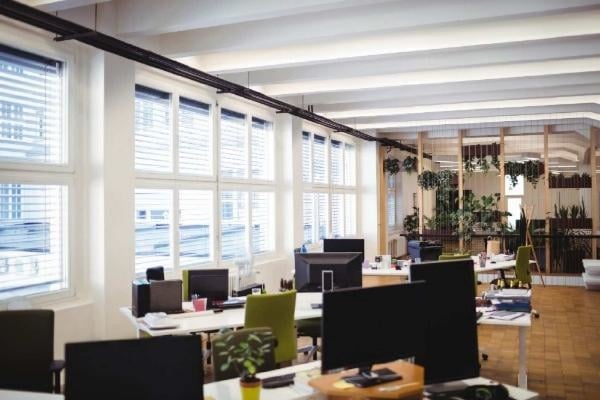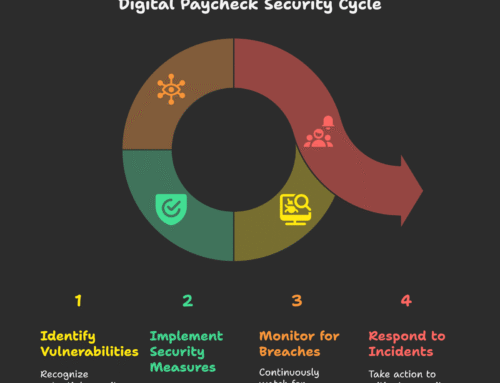The Covid-19 pandemic has changed how people work. During this unprecedented time, businesses and their employees had to adapt to the world around them and find ways that still allowed them to work, but meant that they could adopt a safer approach to busy spaces. One of the major changes to come out of the pandemic was the rise in remote working.
Consider the fact that pre-pandemic, Americans spent around 5% of their working time at home. In the spring of 2020, at the peak of the challenge of Covid-19, that figure was up to around 60%. The need to work remotely accelerated the pace of change and forced companies to embrace a different style of working.
However, the office is still an integral part of the working culture for many businesses. So perhaps it is no surprise that companies still see it as an integral part of their future. This had led to the rise of something known as the hybrid office.
What is the Hybrid Office?
The hybrid office – also known as hybrid working – involves members of your team combining a mixture of working in an office space, as well as working at home and remotely. Where once it was the norm for workers to have one place of work where they would sit at the same desk, the hybrid office provides a different style of working.
It could involve hot-desking or desk sharing, and it can have a wide range of advantages such as reducing the need for companies to have huge office spaces. There is also good evidence to show that a hybrid of working in the office and working remotely is strongly favoured by most workers. This means that moving to the hybrid office could be good not just for the business, but for staff too.
However, if you want to embrace the hybrid office you will need to change the way your company thinks about work, as well as making physical changes to your office as well.

Modern office photo created by peoplecreations – www.freepik.com
Changing When the Time is Right
Perhaps one of the most interesting aspects of how the pandemic has altered perceptions of work is that it has forced us to re-evaluate how we look at crucial aspects of work. For example, it has been known for a long time that many workers were not happy with their working conditions. Indeed, one study found that as many as 85% of employees were dissatisfied with their office environment.
Changing up and moving to the hybrid style of working provides an opportunity to re-think the office space and work out how it can be improved for employees. It is a great idea, then, to survey staff and find out how things could be improved to make the working environment better for them.
Ensuring HVAC is in Peak Condition
The heating, ventilation, and air conditioning (HVAC) in your office might have been something that you never paid much attention to. It is just something that operates in the background, cleaning the air, and keeping the temperature comfortable.
But if businesses want to embrace the hybrid office way of working, they need to think about how this will affect these aspects of the building. For example, heating a large building that only contains half the amount of staff will still cost the same amount of money – this makes it functionally more expensive to heat an office for fewer people.
“Most offices have an HVAC system,” says Martin Winter, Director at building consultants BSE 3D “but in the light of changes to how workplaces are used, existing systems might be outdated or ineffective. At best, an incorrectly designed or specified system can be inefficient and expensive to run, costing significantly more money to run while failing to properly control the air within the building. At worst, poor design can cause frequent maintenance problems and premature system failure.”
Making changes and enhancing systems like HVAC can actually bring down costs and make things significantly easier for your move to the hybrid office.
A Greater Need for Meeting Rooms
The fact that under hybrid working, you are more likely to have teams that are spread out between remote and in-office work means that these teams will need somewhere where they can have meetings. Group discussions are often integral to how businesses operate, and you don’t want to lose this in a team simply because not all of the members are in the office at the same time.
Therefore, one of the most crucial changes that you can make to your office space is to make sure not only that there are meeting rooms available for the teams that need them, but also that these meeting rooms have appropriate equipment and setup.
It has been suggested that around 29% of meetings are likely to be hybrid meetings – so this is something that needs to be addressed as soon as possible.






Leave A Comment